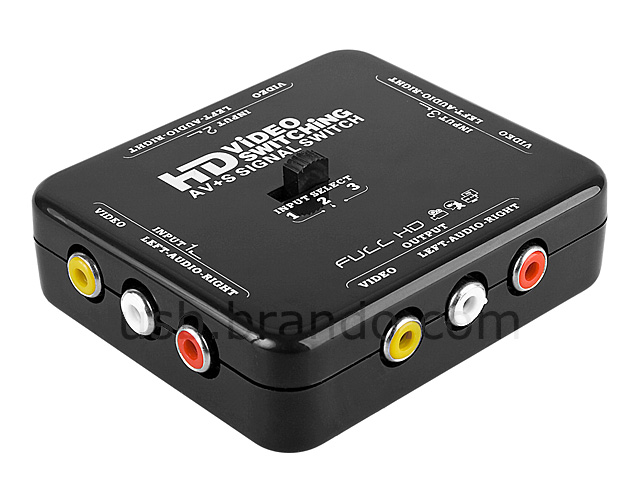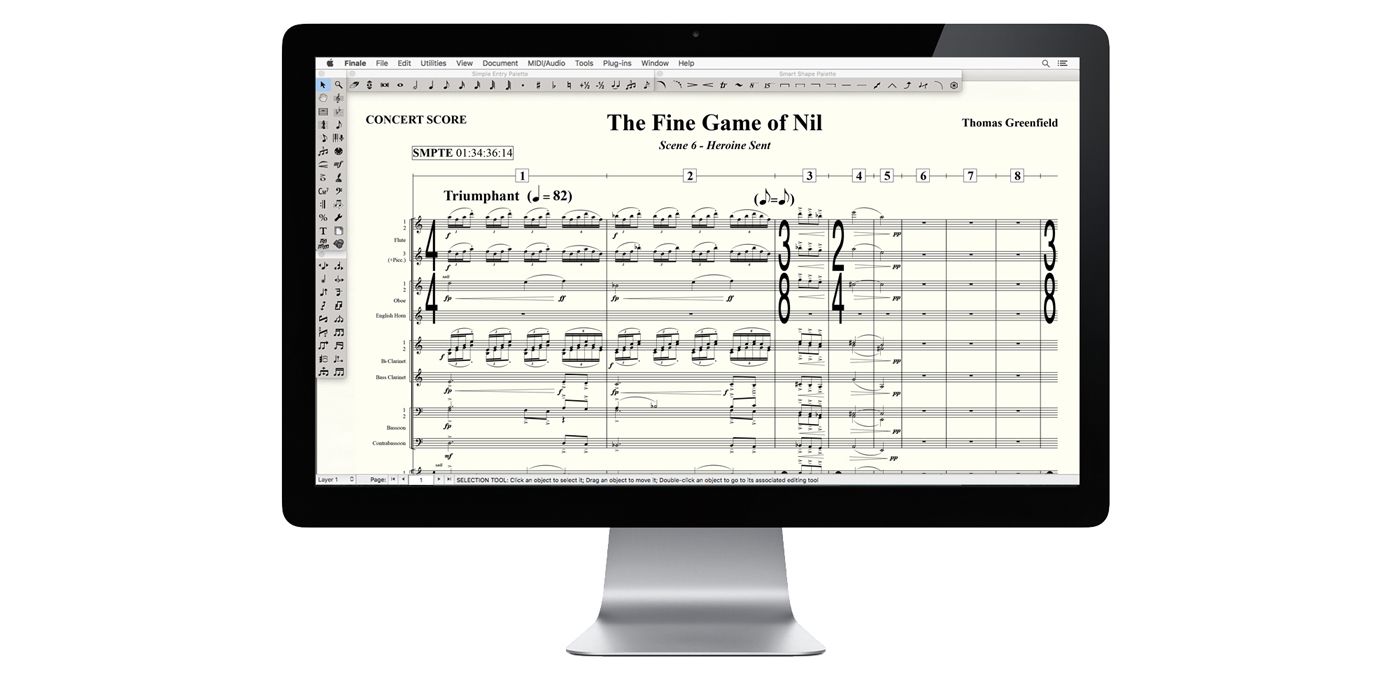
For Media select choose and make a new folder on your media drive to store the media. When you make a new library, select it in the Browser and in library properties in the Inspector, change the default librarylocation for Media by clicking the Modify Settings button. Whenever you need to collaborate, either with other users or with other applications, it almost always better to use external media, not managed media, which is media that’s stored inside the library.īecause you have changed your import options midway through the production you now have media both inside and outside the library and in different locations.įor most productions, it’s better I think to use an external location for your media. Except for small projects, maybe a commercial with a relatively small amount of media, that you’re working on yourself, it’s usually better I think to specify a library location for your media. I rarely recommend using the in Library option for importing media. It also means if you drag and drop, files will not be left in place, but will go into the library location. You can always select this if you need it in the import window. This can be inside the library or outside, but do not use the leave in place option. In Import preferences, set importing to copy to library storage location. Then I import from that location and leave in place. The only time I use the leave in place function is if I move a file, like still images, into the library location (more about that in a moment), inside FCP’s Original Media folder.
#Add audio clips to finale 2014.5 archive
I almost never recommend this option, primarily because, a, you can’t leave camera media in place and have to make a decision for that, and b, because you quickly end up with media scattered in various places on the system and perhaps on multiple drives, which makes backup and archive much more complex and more likely to create mistakes. Let’s consider the leave in place option. There are many different questions in here that aren’t really related. Does this mean at some point there will be a huge rendering process that will need to occur? but in the interim it will save me space? I read in other threads that you suggested turning background rendering off. I have since decided to leave files in place because the fcpbundle file was just getting too massive (800gb+ and i have barely started editing, which means my ext HD is already running out of space).
#Add audio clips to finale 2014.5 pro
You might want to use FCP feedback from the Final Cut Pro menu to request the option to select proxy files for multicam clips. If you have difficulty with playback for multicam clips, it’s much more beneficial to create proxy files, and that’s what I would recommend. If your system has difficulty playing back multiple streams of video because of processor capabilities, or more likely because of drive capabilities, increasing the file size to giant ProRes files while certainly not improve drive performance. One of the default preferences is to optimize multicam clips. Your computer is capable of playing back the media without problem.

So who needs to optimize and when? With a recent computer, with a fast processor and fast graphics capabilities, you almost never need to optimize to start. If you have optimized, this is will resurrect a huge amount of drive space. I elected to optimize the media when importing (it is not all imported yet, i am making the film in sections), and also to copy the files over.įirst, you should use the Delete Generated Library Files function to get rid of optimized, proxy, and render files. My project is quite large (making a 20min film with my entire source media totaling about 750gb, on my external 2TB HD). You almost never need to optimize on import.

There are a lot of questions here, many of which overlap, and I’ll start off by saying there is no right answer, except perhaps for one.


 0 kommentar(er)
0 kommentar(er)
